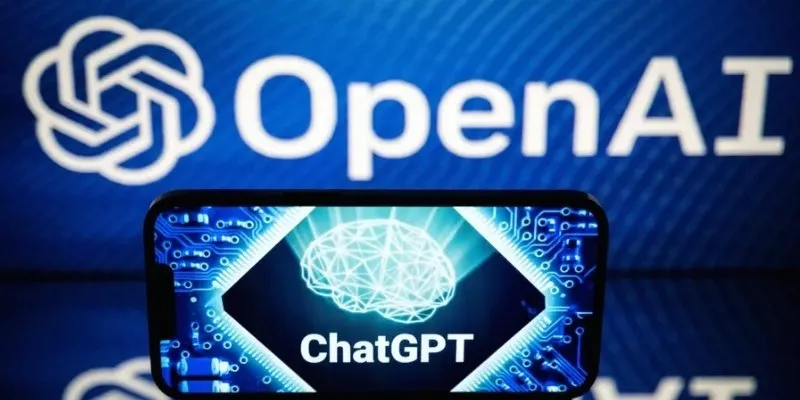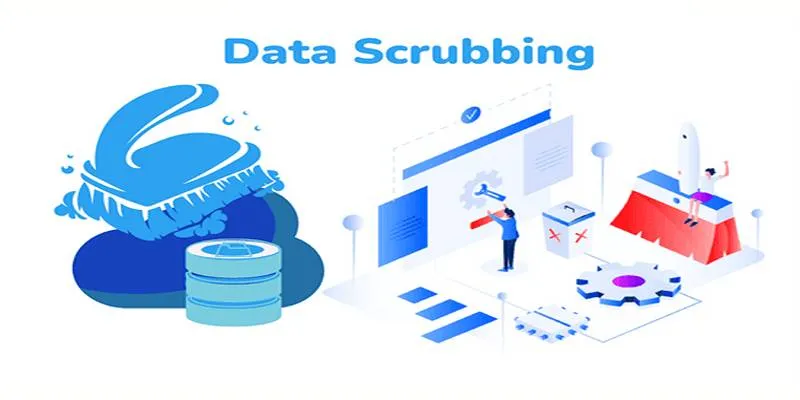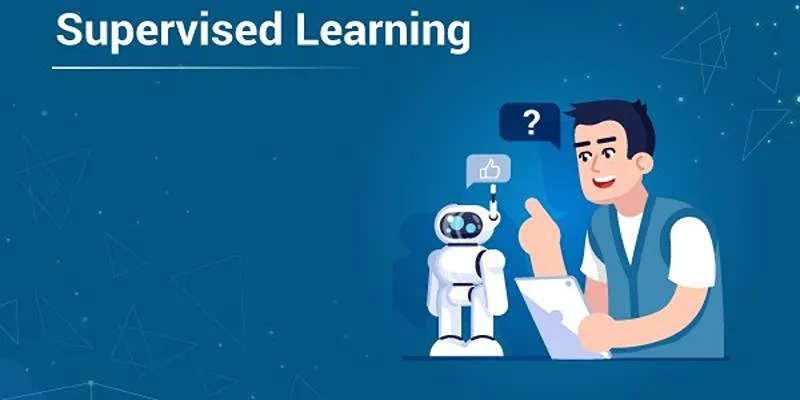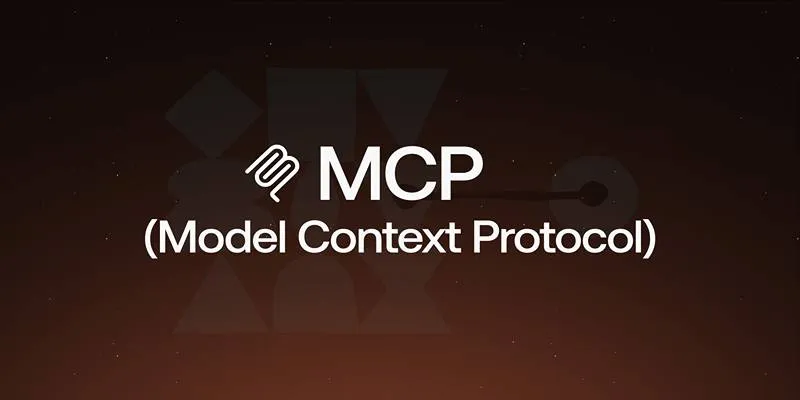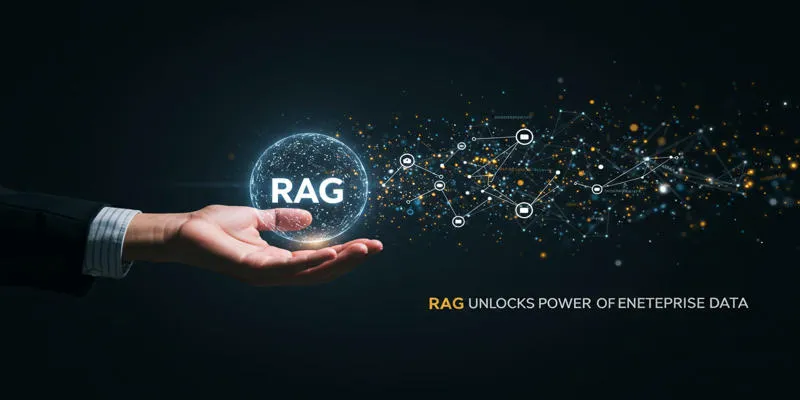In today’s fast-paced digital world, writers face constant deadlines and the pressure to create content that’s faster, cleaner, and better. Whether you’re managing a blog, running an e-commerce site, or handling social media, the workload is relentless. However, artificial intelligence (AI) is quietly transforming the content creation landscape. It’s not just a gimmick or a replacement for human creativity; it’s a tool that enhances it. AI brings speed, memory, and pattern recognition, enabling creators to work more efficiently, experiment with ideas, and reach larger audiences. Rather than displacing the creator, AI enhances the process, making content creation smarter and more sustainable.
Understanding the Workflow
When most people think of AI in writing, they often imagine robotic sentences or automatic article generators. But that’s a narrow perspective. The most effective use of AI occurs behind the scenes—in planning, outlining, data crunching, and optimization. AI helps clear away the grunt work, allowing creators to focus on the elements that matter most.
Start with idea generation. Great content begins with a strong idea, often the most challenging part. AI systems, trained on billions of documents, can identify trends, propose topics, and assist in outlining content your audience may find interesting. It’s like brainstorming with a research assistant who never tires.
Next is structuring your content. For long-form pieces, white papers, or even podcasts, AI can help break down large concepts into manageable parts. This outline becomes the backbone of your piece, and the time saved here accumulates quickly.
Then there’s research. AI doesn’t just summarize Wikipedia articles; it can cross-reference reports, explore niche blogs, and surface lesser-known statistics in seconds. The type of background work that used to take hours can now be done in minutes, freeing you to focus on presenting the story rather than just collecting facts.
Once writing begins, AI still has its place. You might use it to rephrase awkward sentences, fix grammar quickly, or test variations of a headline. These aren’t major creative decisions, but they can slow down the process. Offloading these tasks helps keep your focus on the message.
After publishing, AI can track performance, analyze reader behavior, and help refine future content based on what worked. This creates a feedback loop that’s challenging to achieve manually, making each piece smarter than the last.
The significant advantage here isn’t that AI does the work; it’s that it removes friction. It saves energy for the things machines can’t replicate—your voice, your point of view, your unique edge.
Enhancing Quality, Not Just Speed
Speed alone isn’t enough. The internet is already saturated with content that feels rushed, shallow, or insincere. AI’s real promise is improving content quality without complicating the process. Success lies in how you use the tools, not merely in using them.
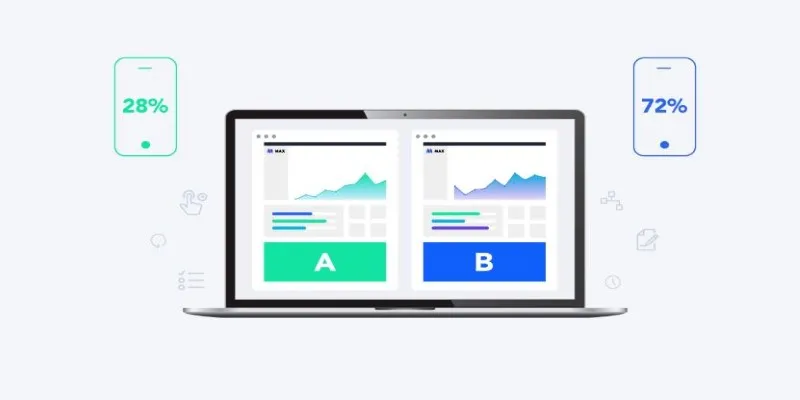
One of the most overlooked benefits of AI-assisted writing is consistency. If you’re a solo creator or part of a small team, you understand the challenge of maintaining tone, style, and pacing across platforms. AI can help standardize these invisible elements—sentence length, rhythm, formatting—ensuring your brand voice remains coherent, whether a post is written at 2 a.m. or during lunch.
AI also enhances accuracy. With access to updated databases and fact-checking features, you’re less likely to misquote a stat or overlook a detail. This is crucial in industries like healthcare, education, or finance, where one mistake can quickly undermine credibility.
A/B testing is another area where AI shines. Testing headlines, intro hooks, or call-to-action phrases used to be a luxury for big teams. AI makes it easy to generate multiple versions quickly, allowing you to test them live and discover what resonates. It’s like conducting a mini-experiment with every post.
These improvements may not be flashy, but they accumulate over time. Increased accuracy, consistency, and feedback lead to better writing—not just more of it.
The Domain of Human Creativity
For all the capabilities AI offers, there’s still a line it can’t cross. It can’t tell a personal story that moves someone or write a joke with perfect timing. It doesn’t know the feeling of being stuck, inspired, or filled with doubt halfway through a sentence. That’s where human creativity shines.

The best creators use AI like a musician uses a metronome—not to create, but to keep things sharp. They bring their experiences, worldview, and unique ideas. AI brings structure, speed, and scale. Together, they produce output that’s more human, not less.
Some writers resist AI because it feels like cheating. That’s understandable. But think of it like a calculator. It doesn’t make you bad at math—it speeds up the tasks you already know how to do. If you understand voice, pacing, and nuance, you’ll still need to shape the final product. AI won’t provide an original insight, but it might help you reach it faster or give you several half-formed ideas to refine.
In a world where content is abundant and attention spans are short, the advantage goes to creators who stay nimble. Not just fast, but clear, intentional, and human. AI is now part of that toolkit. You don’t need to love it, but you can’t afford to ignore it anymore.
Conclusion
AI is transforming content creation by streamlining processes and enhancing creativity. It offers valuable support in idea generation, research, and optimization, allowing creators to focus on the core aspects that require a human touch. While AI can’t replace the authenticity and emotion behind great content, it helps eliminate repetitive tasks, making the creation process faster and more efficient. Embracing AI as an assistant, not a replacement, empowers creators to produce better, more impactful content while staying ahead in an increasingly competitive digital landscape.
 zfn9
zfn9











